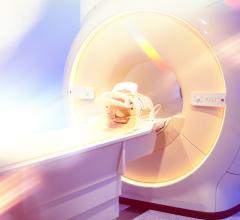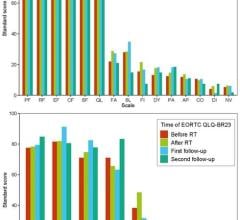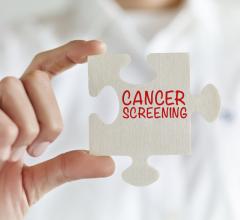
The 6D-Robotic Couch by gKteso ensures patient-positioning of sub-millimeter precision. The Radiotherapy Patient System (RPS) builds its own unit in radiotherapy with a linear accelerator.
For patients undergoing radiotherapy with linear accelerators, RPS base distinguishes itself by its 6D-control. The six degrees of freedom make the 6D-Robotic Couch extremely flexible and user-friendly.
RPS extended allows simultaneous preparation of up to three patients, increasing patient turnover and, at the same time, creating more time for the patient.
Optimal patient alignment
“Patients can be optimally aligned and fixed from head to pelvis,“ stated Guido Kübler, managing director of gKteso. Based on stored parameters, the selected positions will be approached at the touch of a button. Additionally, RPS will correct organ movements automatically by means of a dynamic tracking procedure.
Integrated RFID-Reader provides safety
The increased quality requirements of both customers and patients are fulfilled by the integrated RFID-Reader, which reads in all applied fixation and positioning aids (add-ons) automatically. By means of processing software, patient data as well as all settings can be used for the documentation of the therapy in the electronic patient file. RPS extended meets the contemporary economic challenges of clinics and medical centers. The system enables serial and fast radiotherapy with linear accelerators. Up to three patients can be prepared and fixed for radiotherapy in separate anterooms. Following the preparations, satellite arms will gently move the patient to the system where the linear accelerator is located. Once radiation is completed, the patient is moved back to the anteroom and may leave the platform.
Compatible with all add-ons
In most cases, radiotherapy requires special fixation through masks, mattresses or pads to protect sensitive, adjacent organs from unnecessary strains. RPS is compatible with all commercial add-ons. They can be easily attached to the RPS platform. It is also possible to update older linear accelerators with RPS.
For more information: www.radiotherapy-patient-system.com


 March 28, 2024
March 28, 2024 








